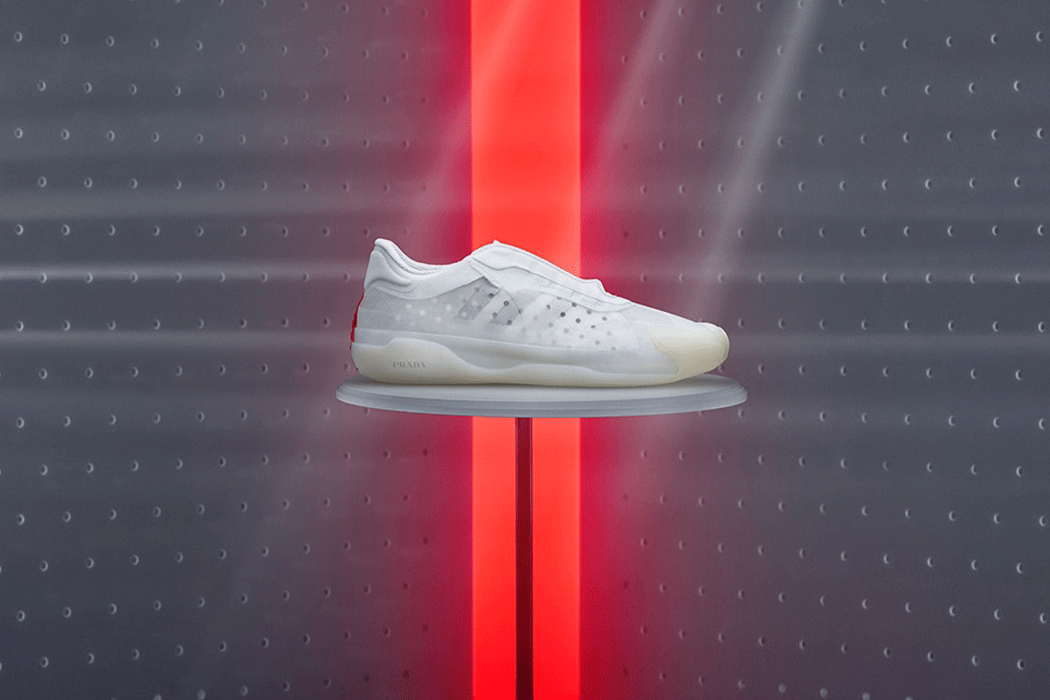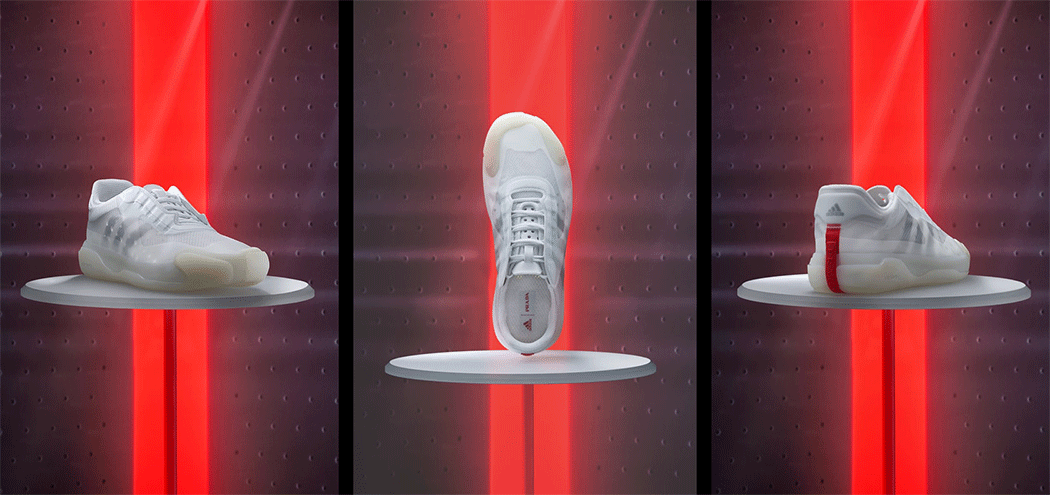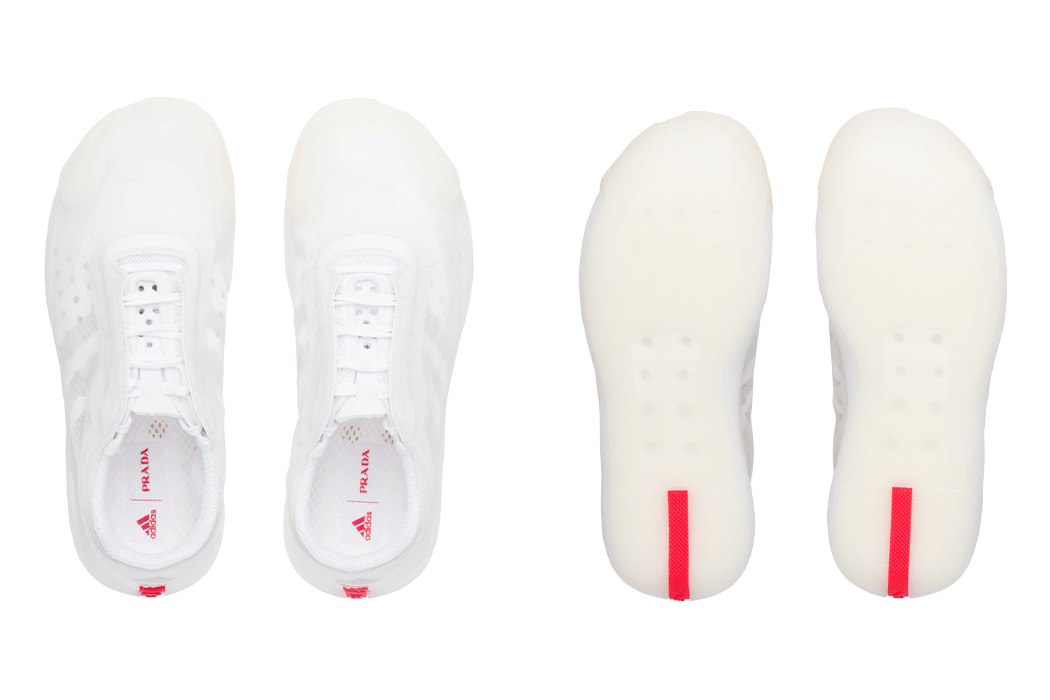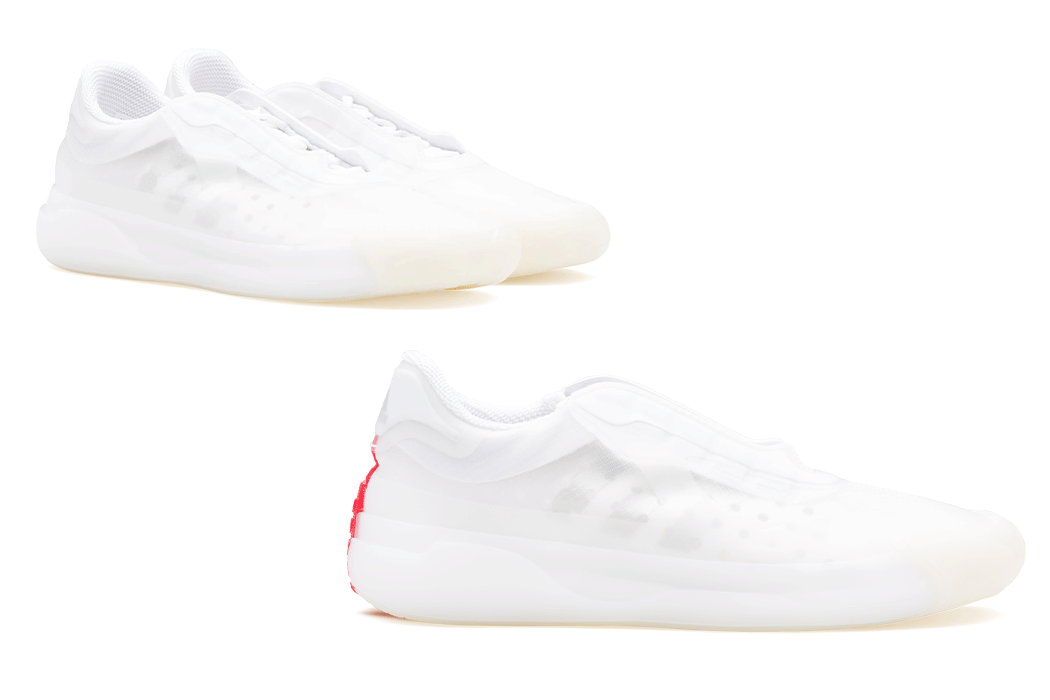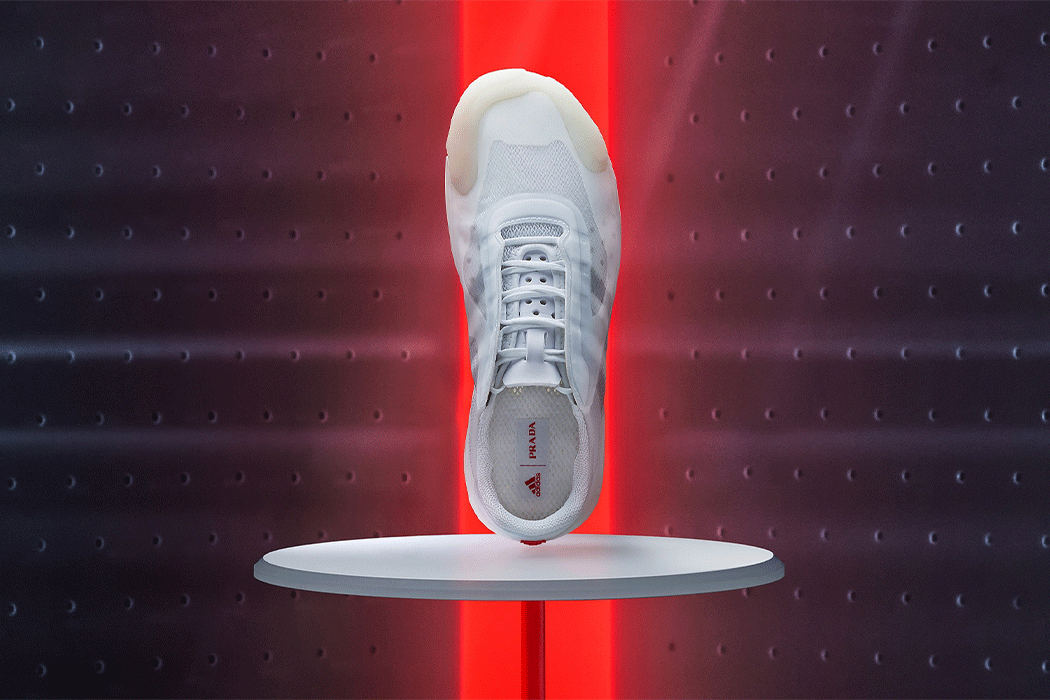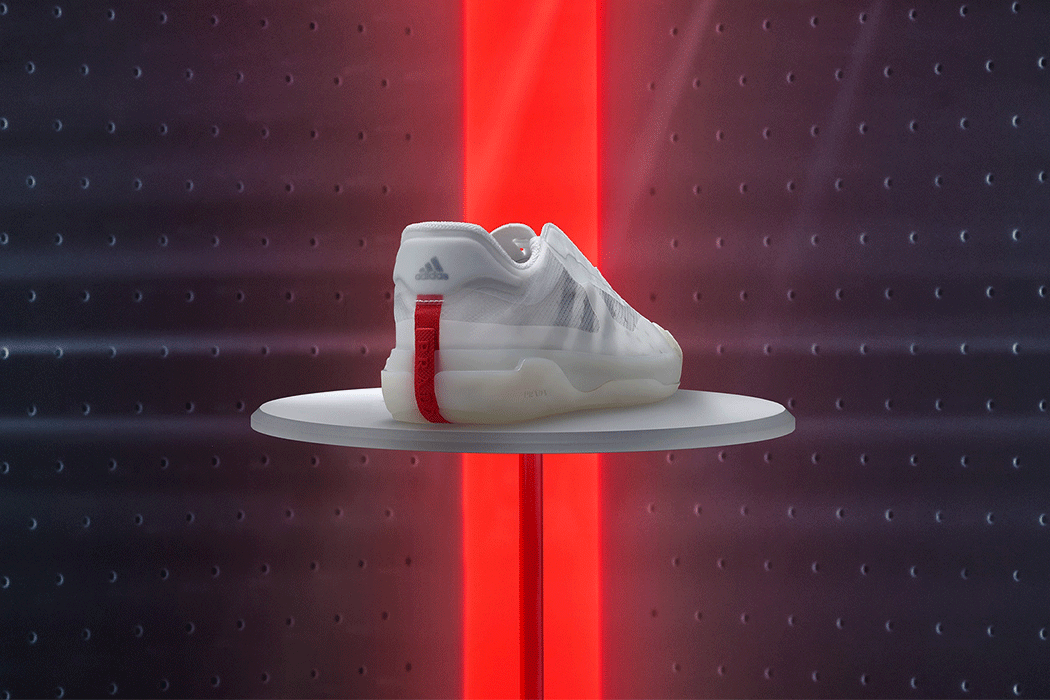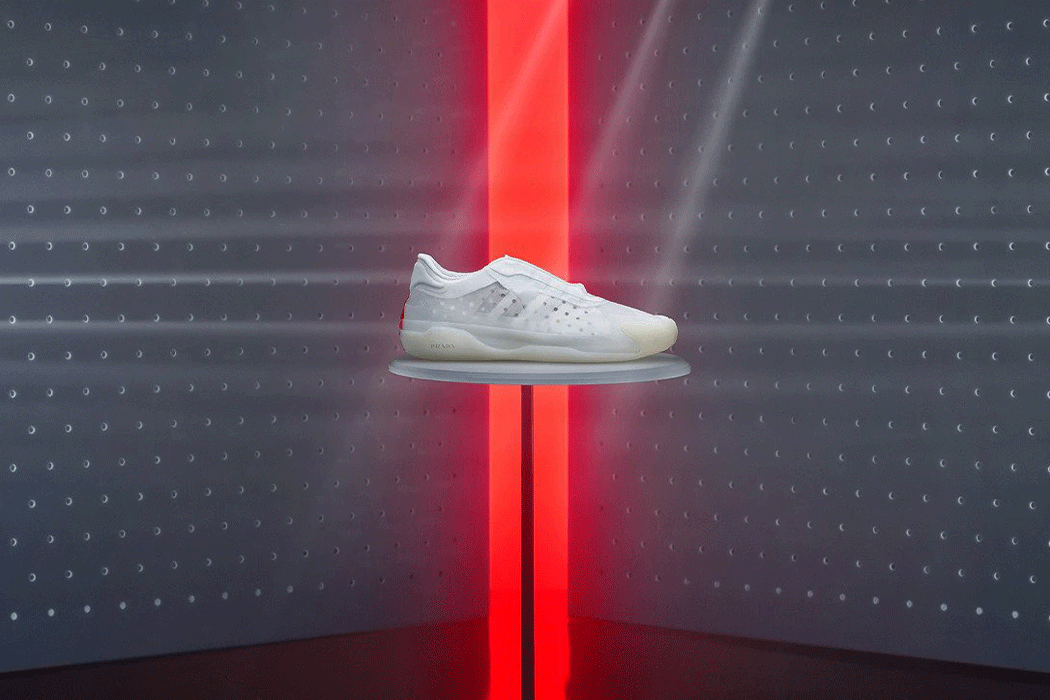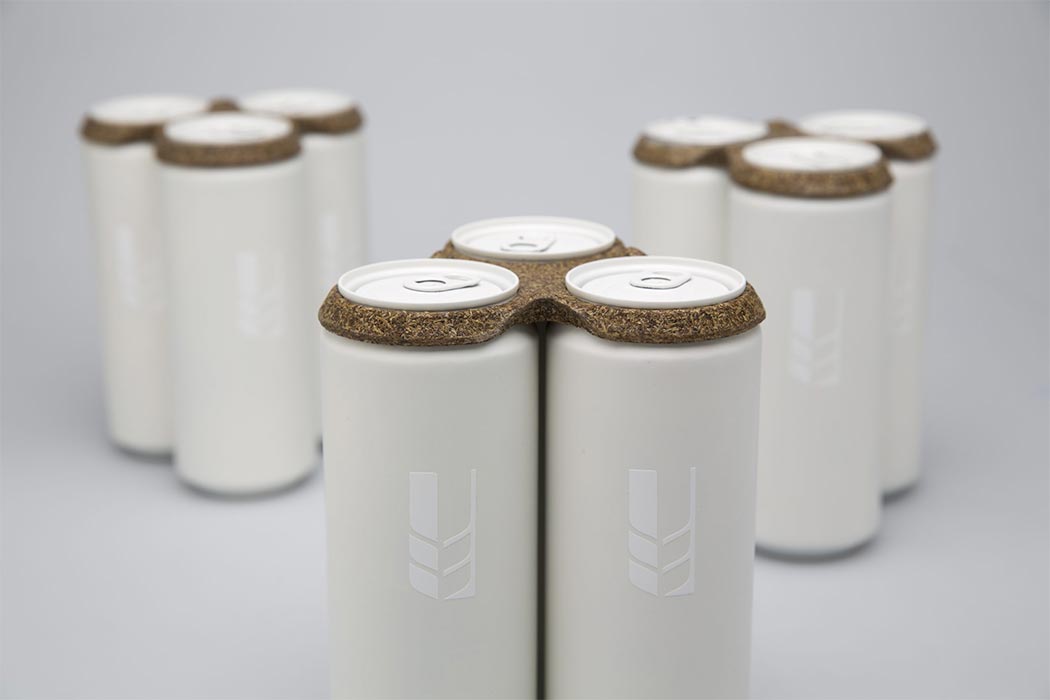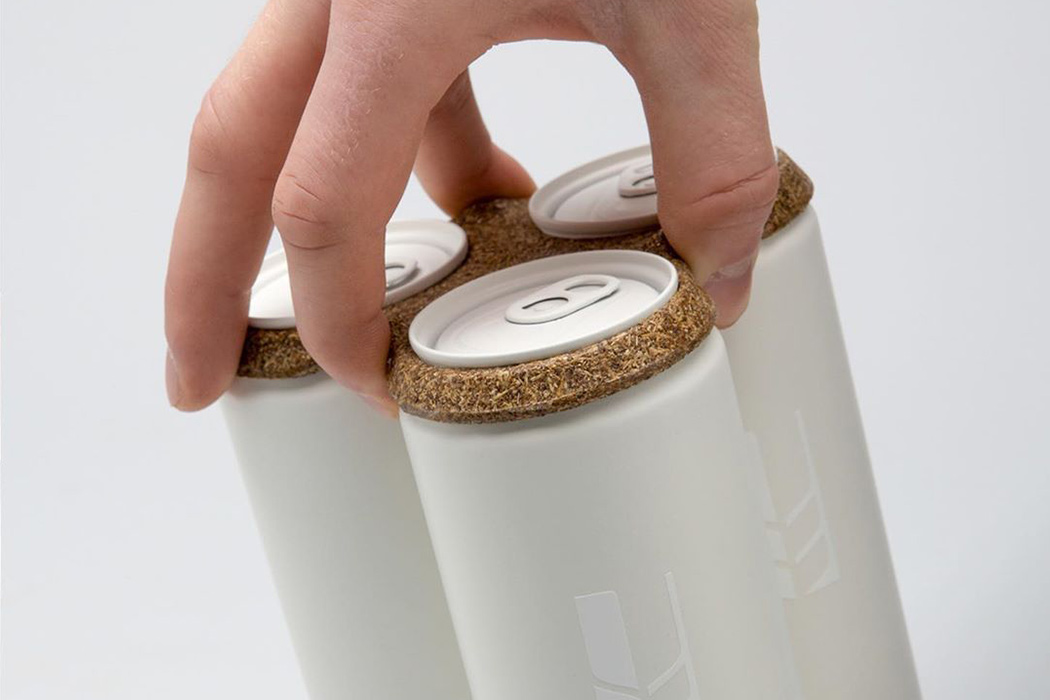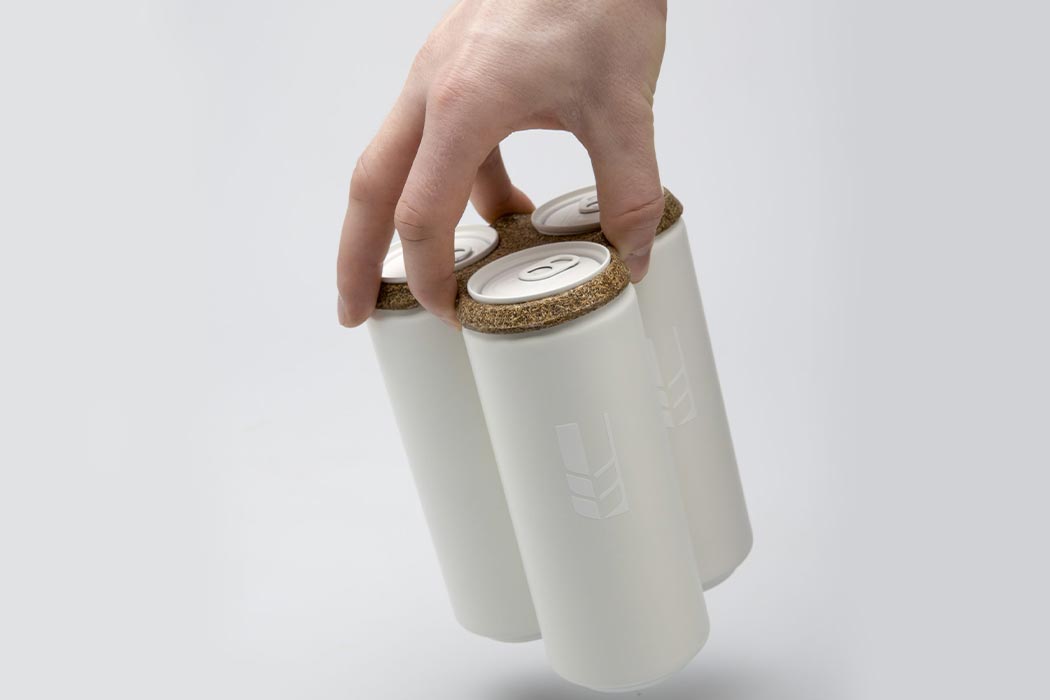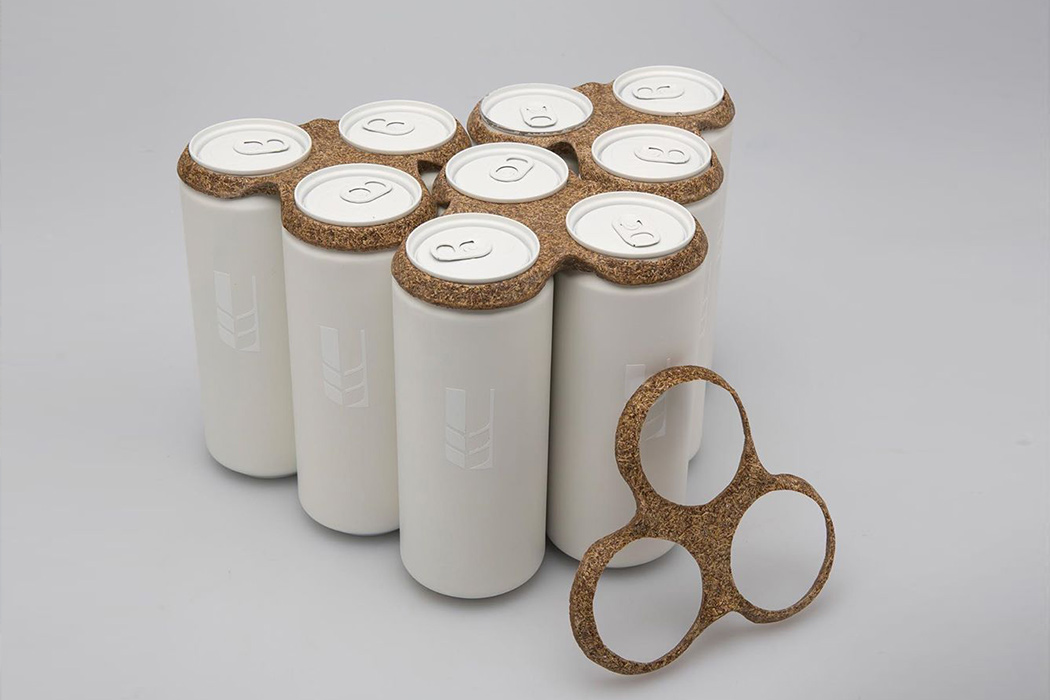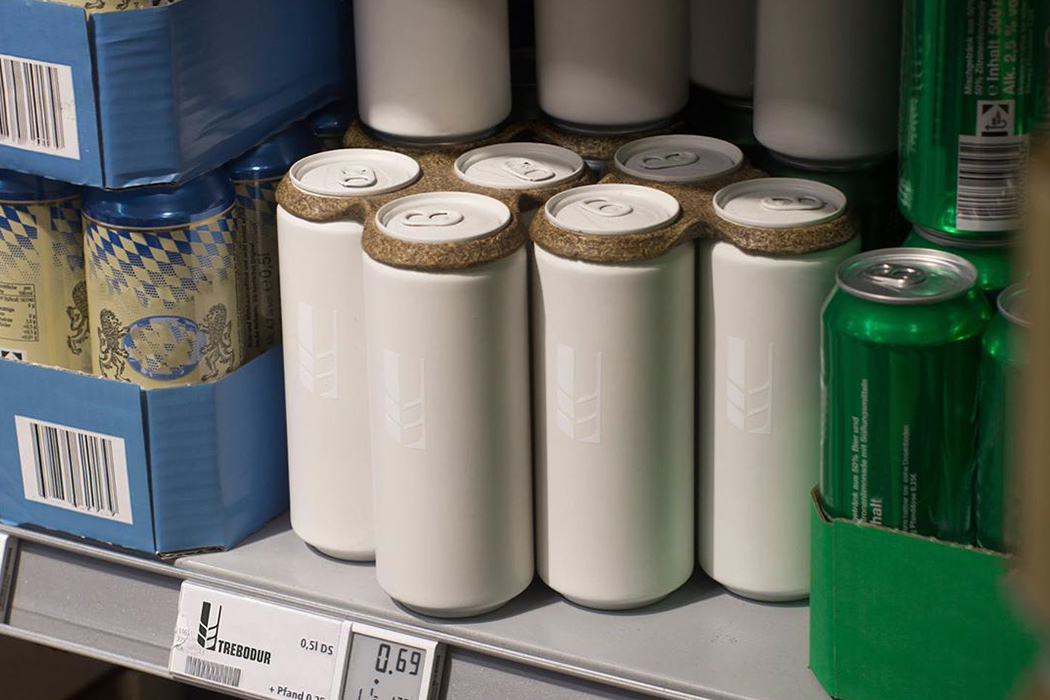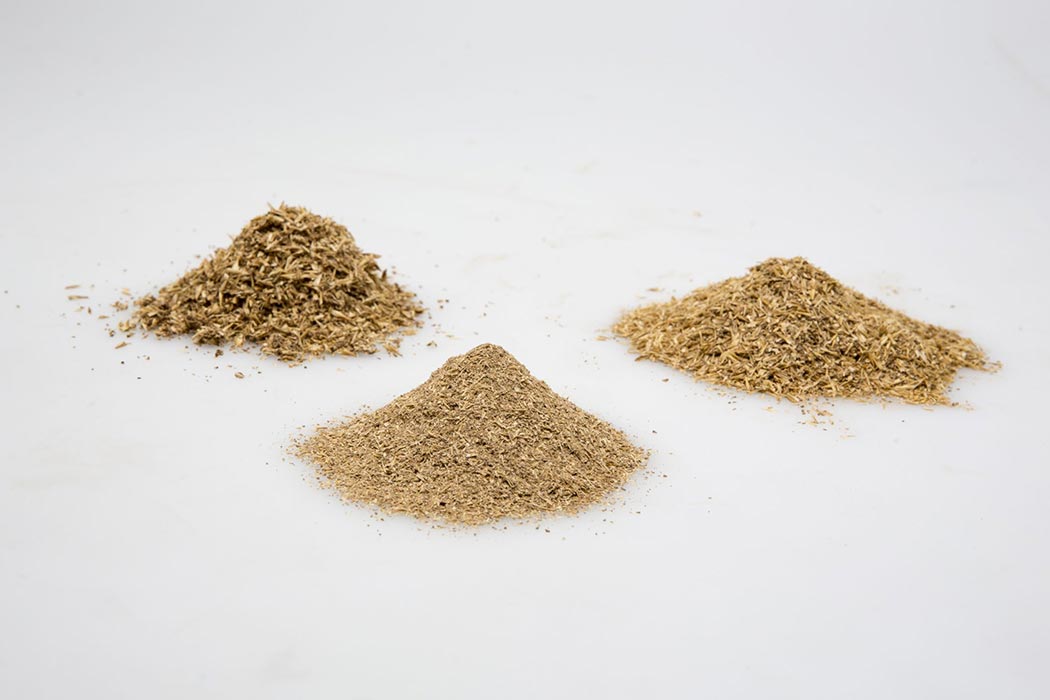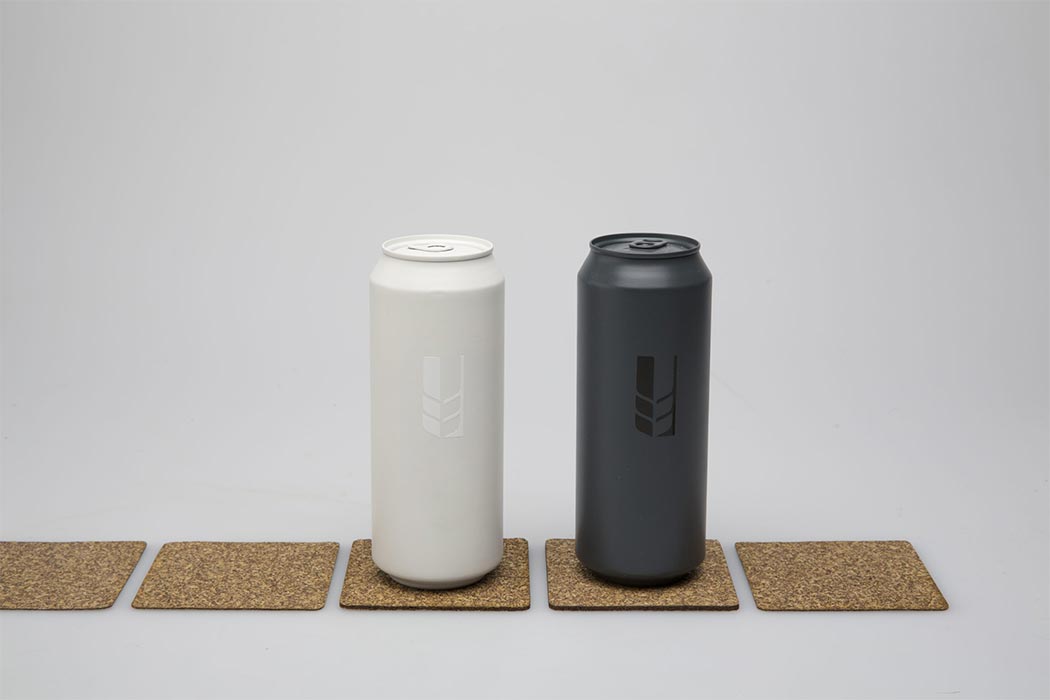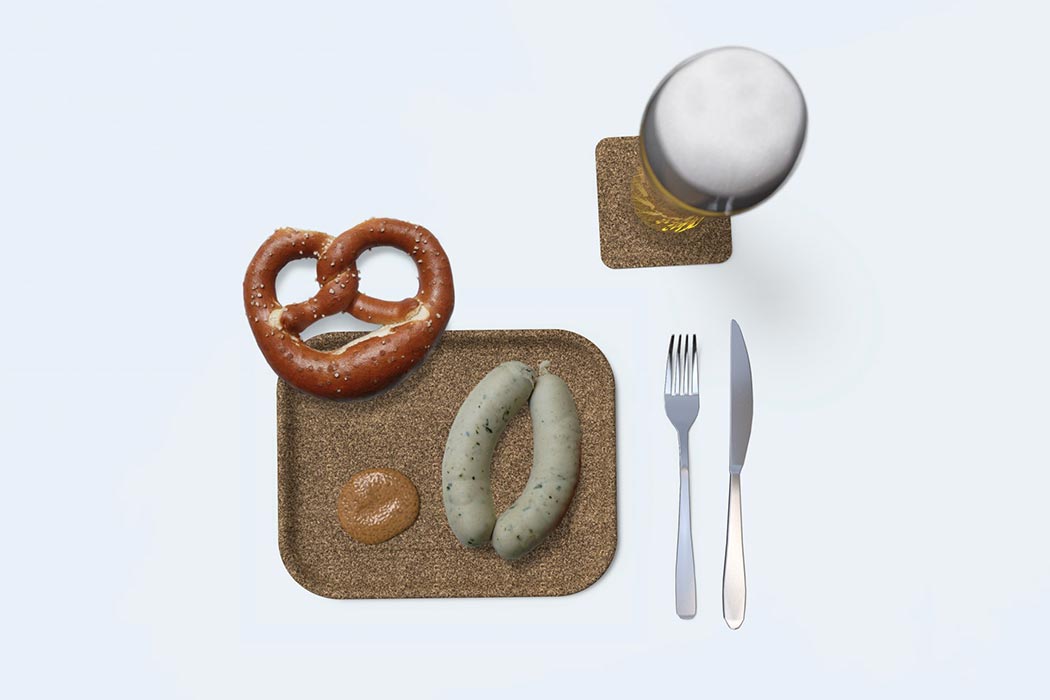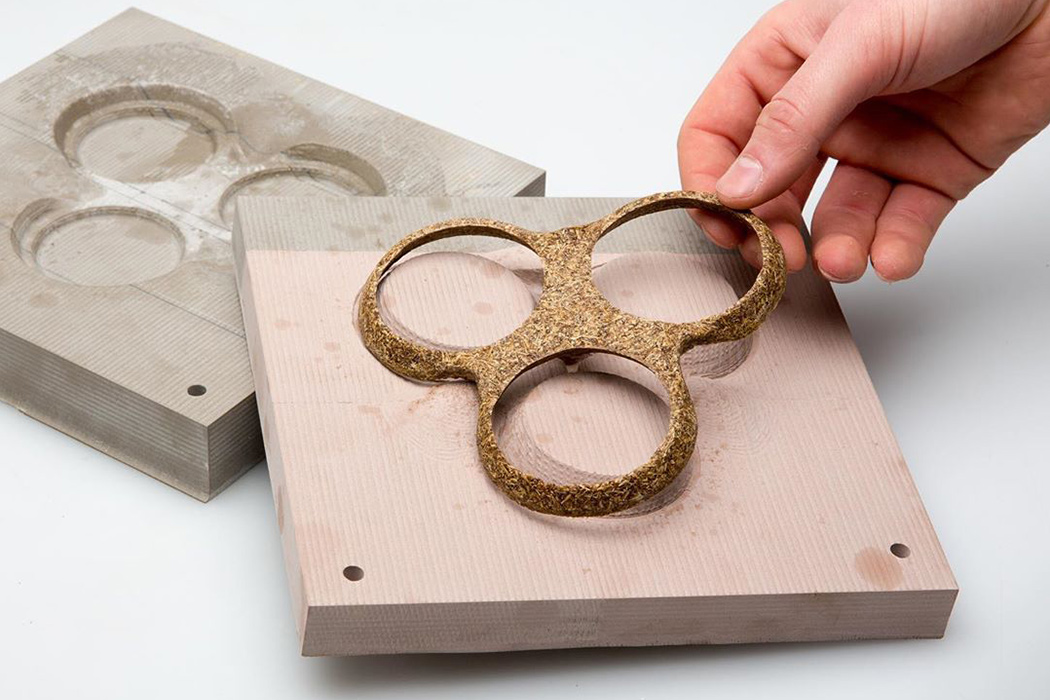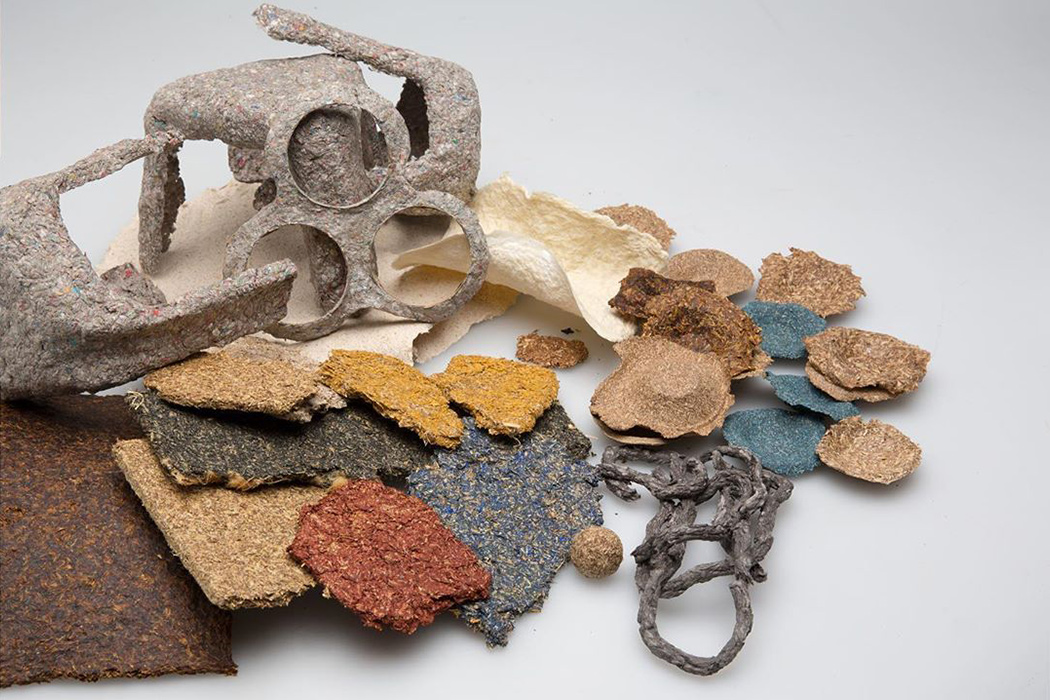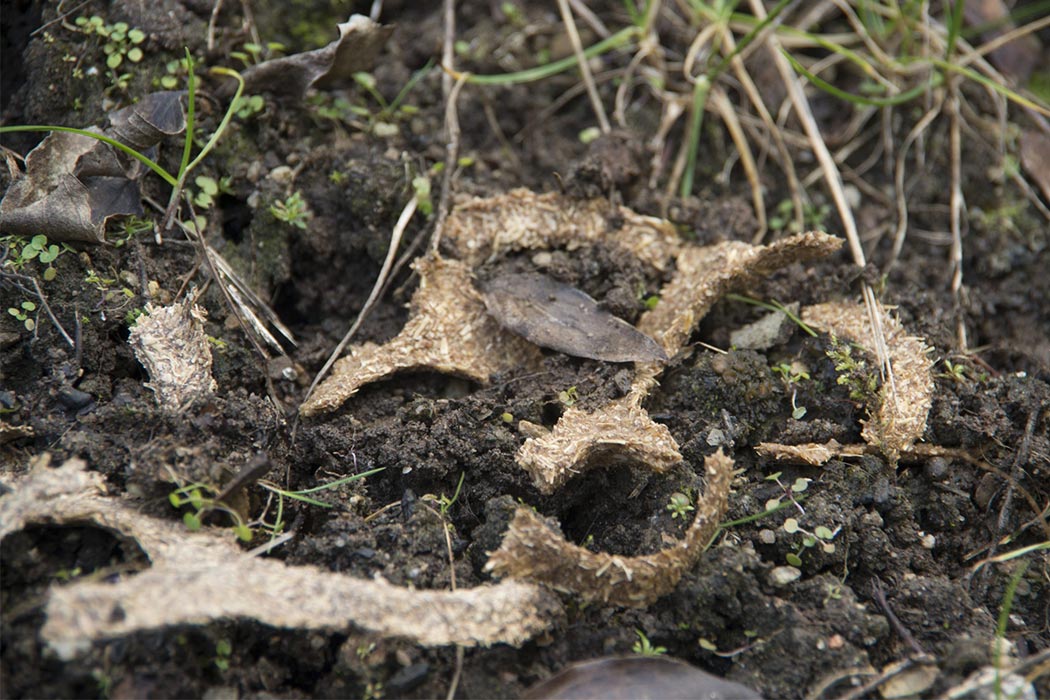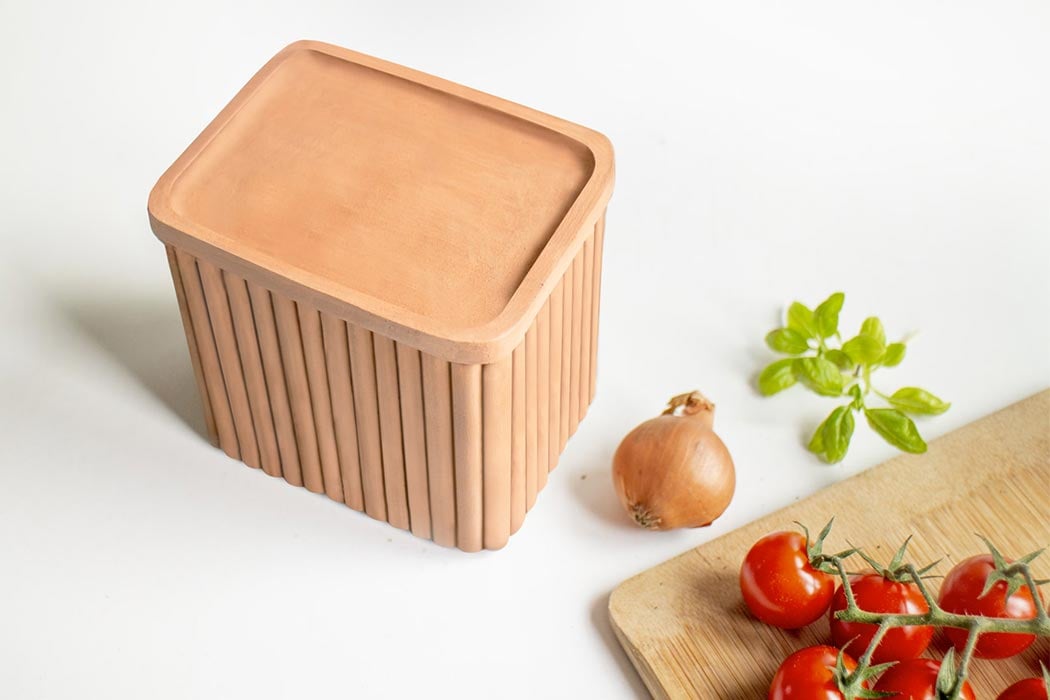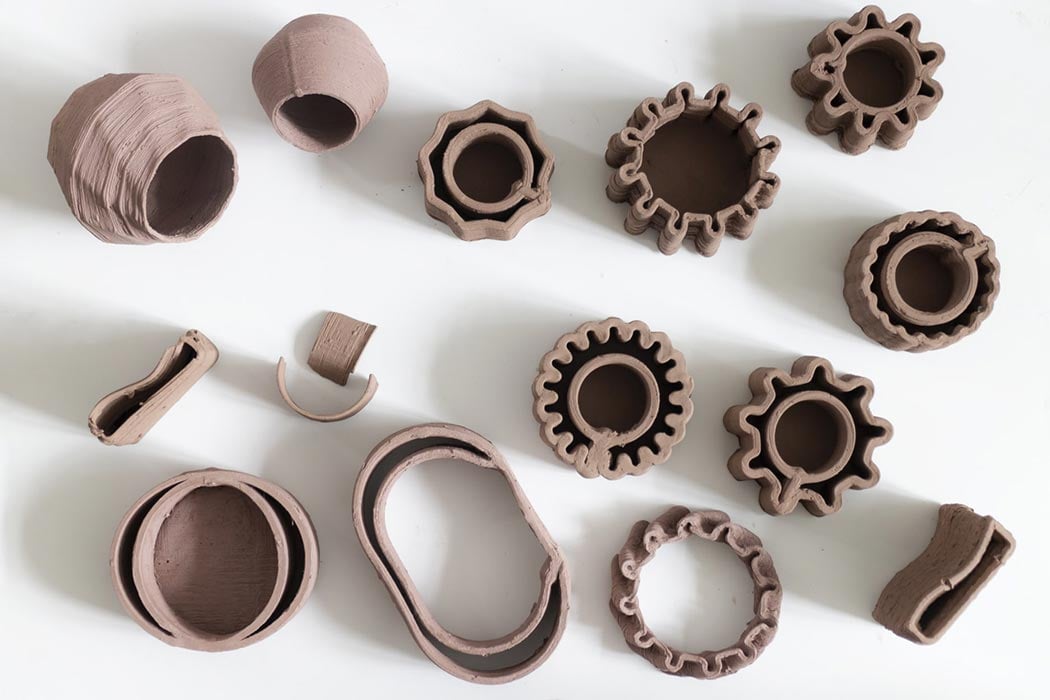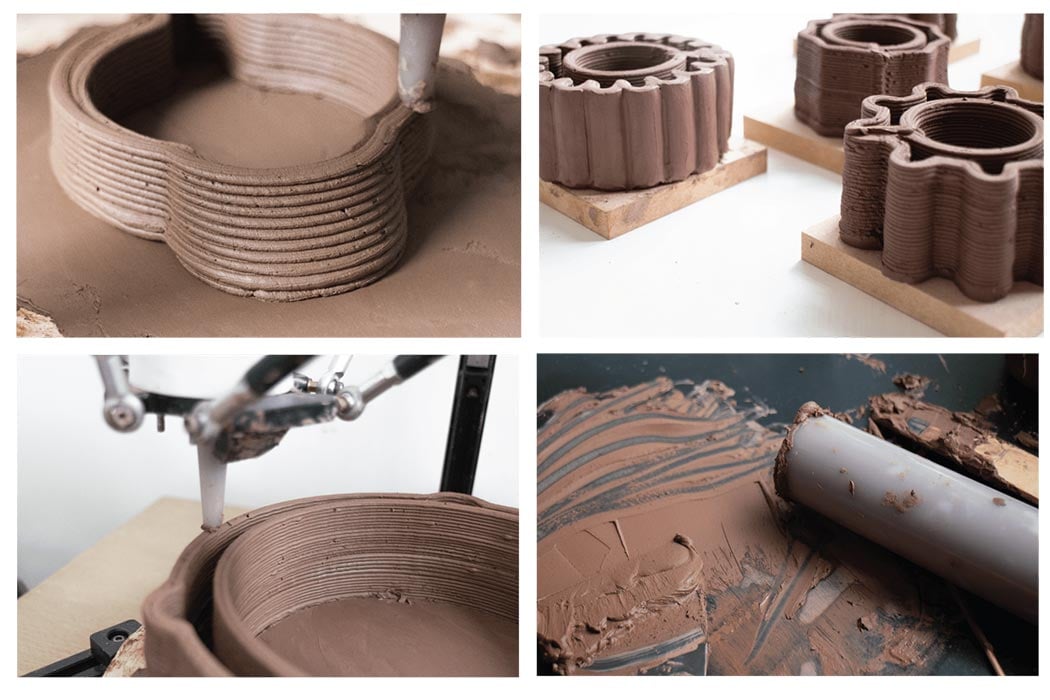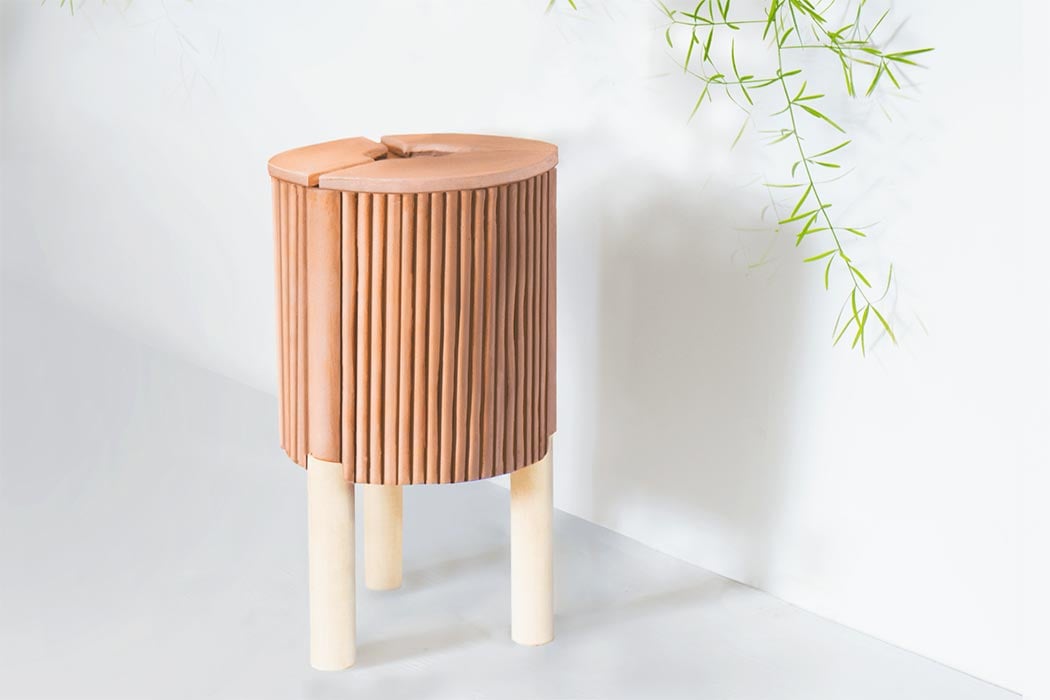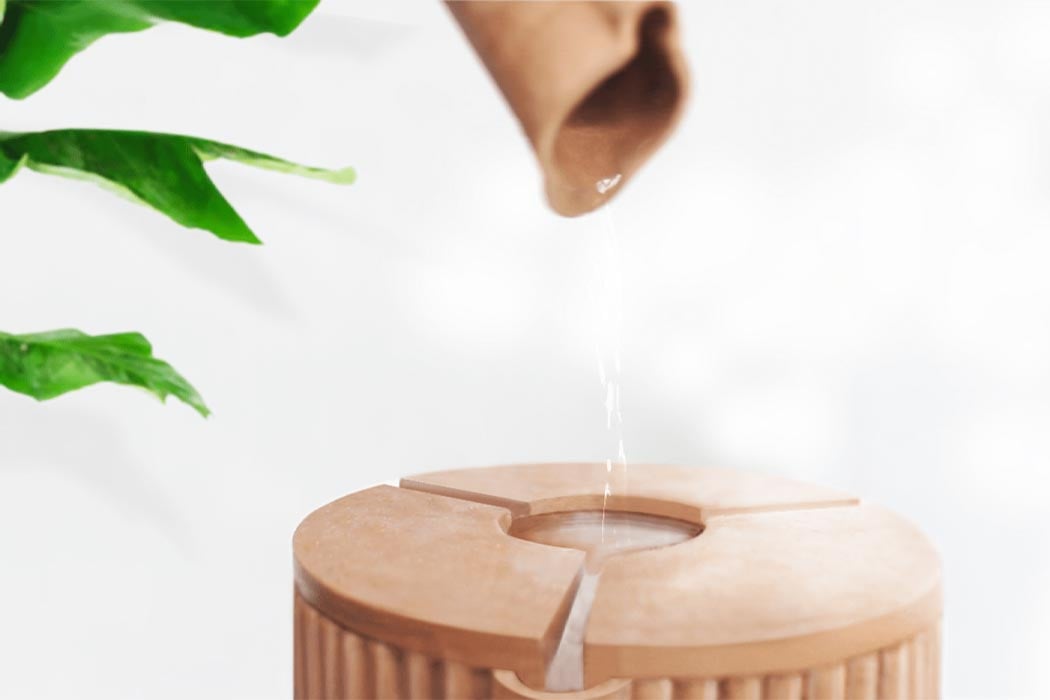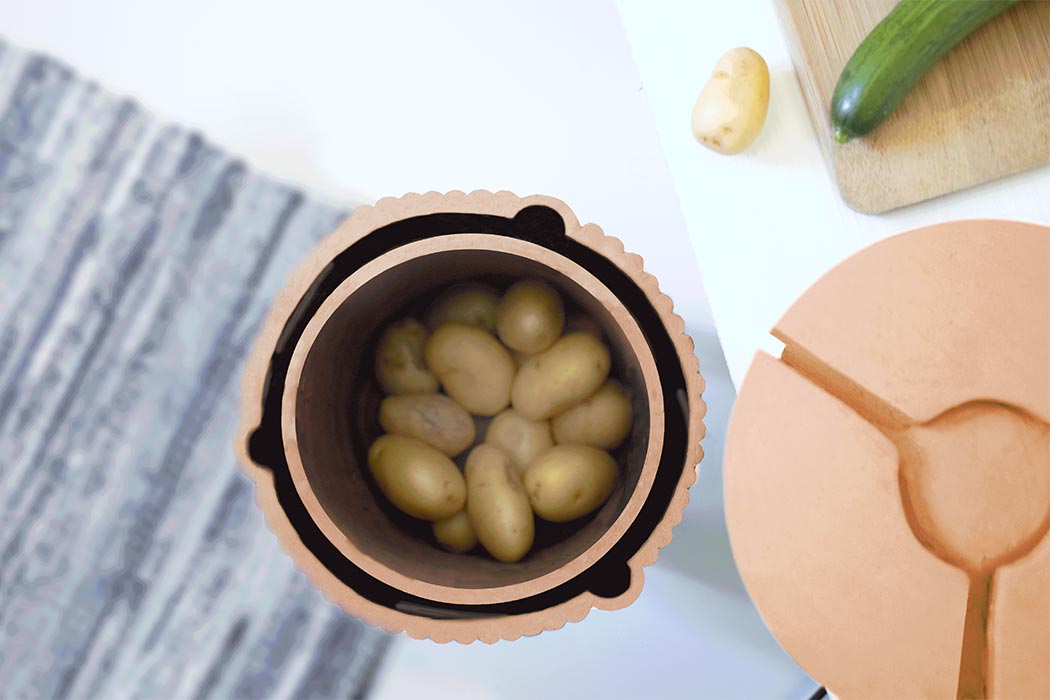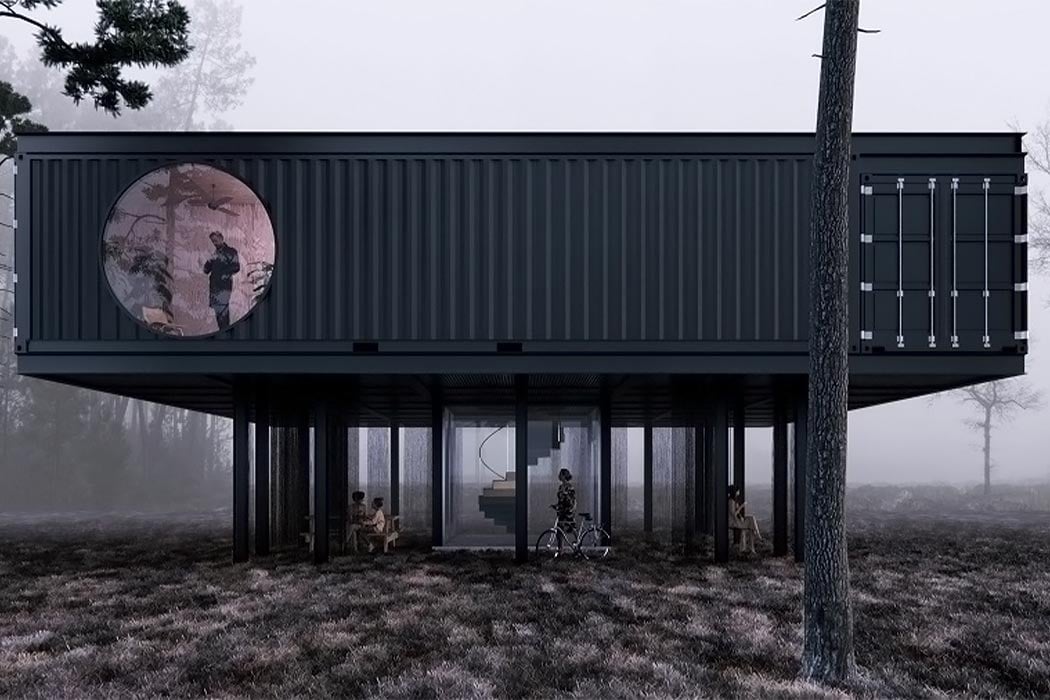
Repurposing shipping containers to create homes and offices is a sustainable trend that is gaining momentum. Similar to the tiny houses, these structures are compact, modular and can be designed to fit any purpose that you may have for a place -right from a remote campus, ICU pods, office network, or even a small town. The possibilities are endless and CAPSA Containers hosted a competition, ‘Design for Tomorrow’ that is focused on innovative and alternative construction solutions. Construction is responsible for 30% of the greenhouse gas emissions so these designs can help us build more responsibly and sustainably – they are ecological, economic, and meet the societal expectation of doing better with less, reducing environmental footprint, and limiting the consumption of natural resources.
“Bio-based materials, recycled, reused, smart, and sustainable construction will be our tools to meet these challenges. In the diversity of offer that the construction offers today, the marine container is an alternative offering a great number of assets: modularity, mobility, scalability,” says the team at CAPSA.
Designers: Bureau Agreste by Hugues Hernandez, Morgan Baufils, and Ariane Marty. Flowers in the Garden by Eu Jin Lim. Side Up Project by Mengfan Sha, Wang, and Zhang.
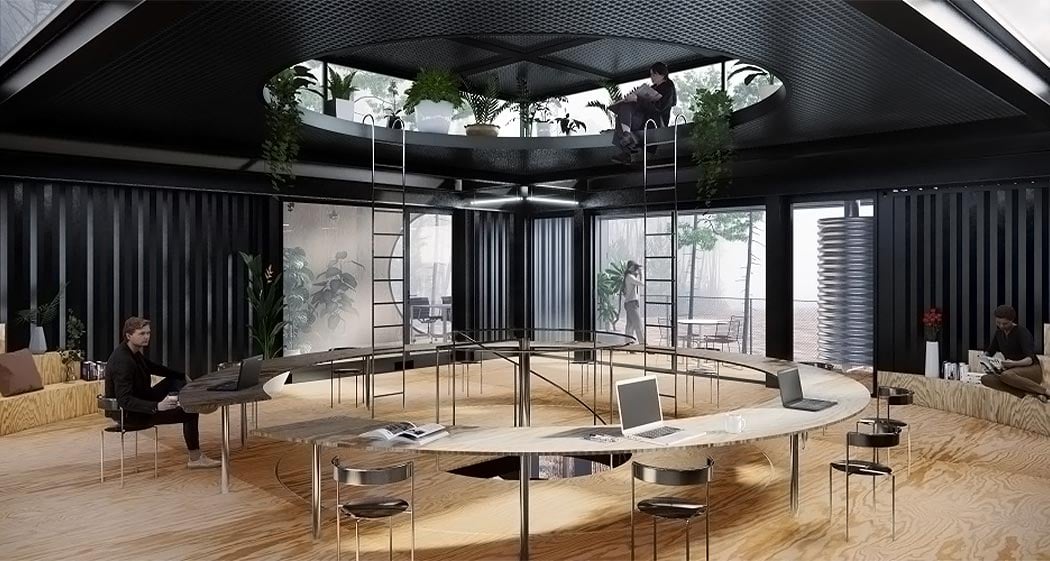
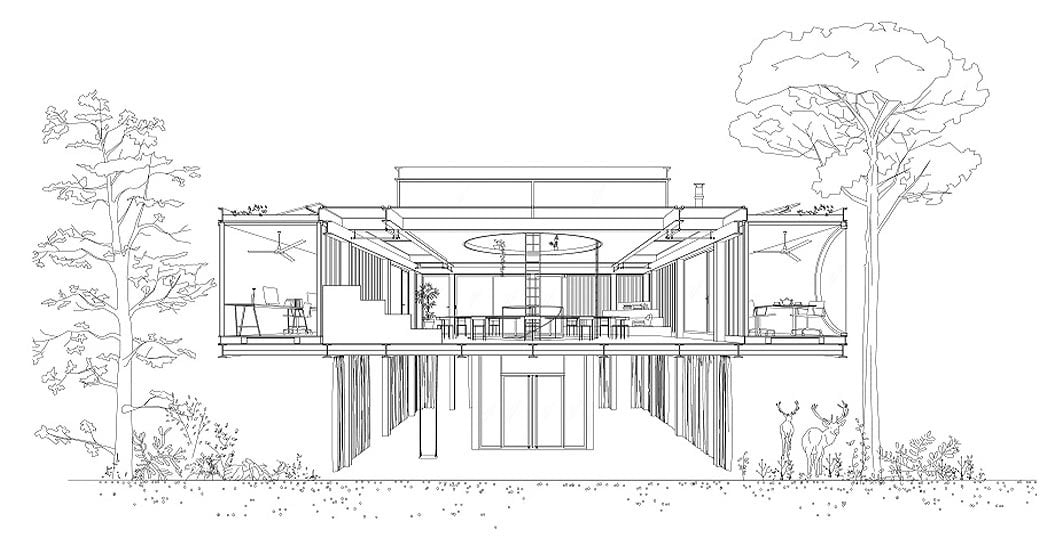
The winner is ‘Bureau Agreste’ – a modern shipping container office that provides professionals with a dedicated working space. The contemporary aesthetic masks the fact that it is an eco-friendly space. It has two levels with an open floor plan that makes it feel roomier and encourages productivity. It also features solar panels on the roof along with a rainwater harvesting system which makes it perfect for off-grid locations – this way businesses can save on the high rent they would usually pay in big cities. The container suspension frees up the ground space for organizing recreational outdoor activities (or even parking!) and gives the elevation needed for natural light. The first floor is organized concentrically around the central point of arrival, from the collective space (exchange and debate) to the intimate space (concentration and introspection). “The project aims to a certain resilience and seeks to minimize its ecological impact, by the use of recycling end-of-life containers, rainwater recovery tank, photovoltaic panels, dry toilets, wood stove, ceiling fan or even the use of bio-sourced materials from the local industry,” says the winning design team.
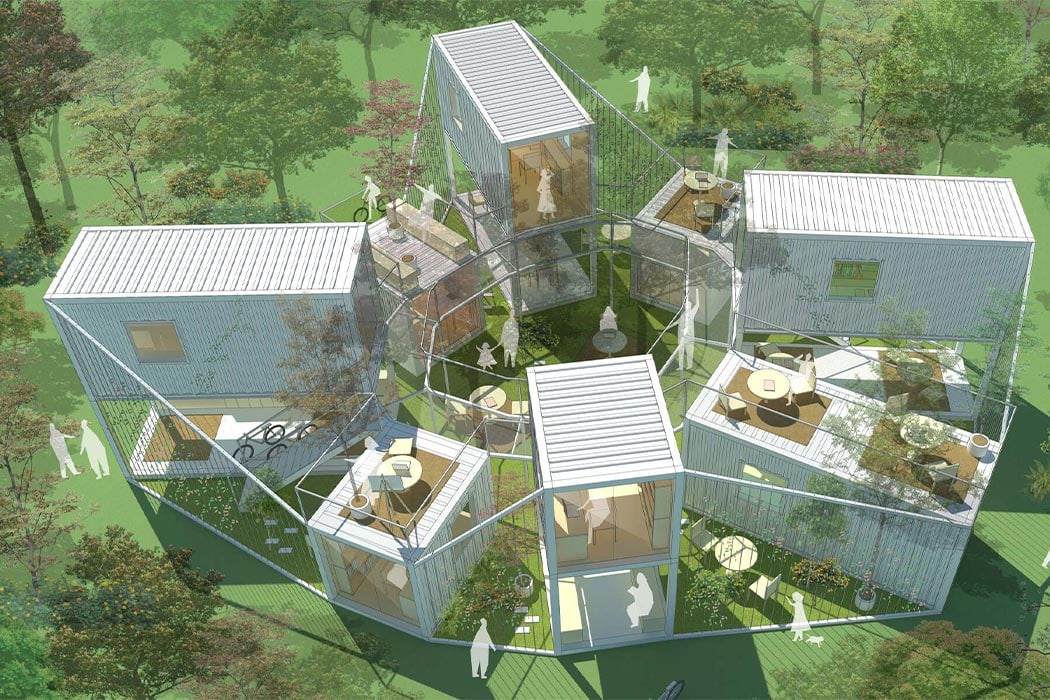
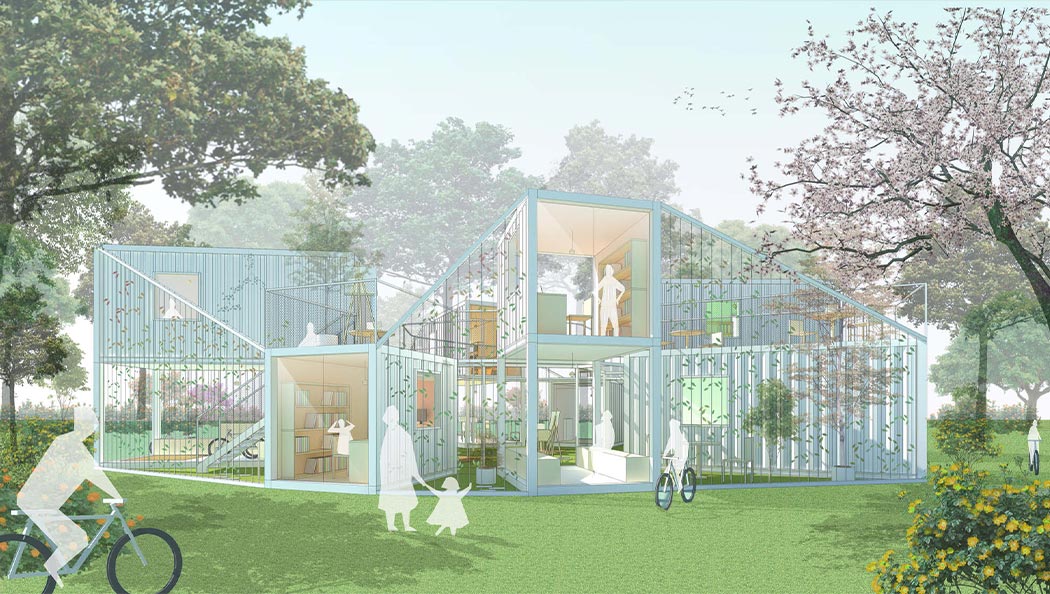
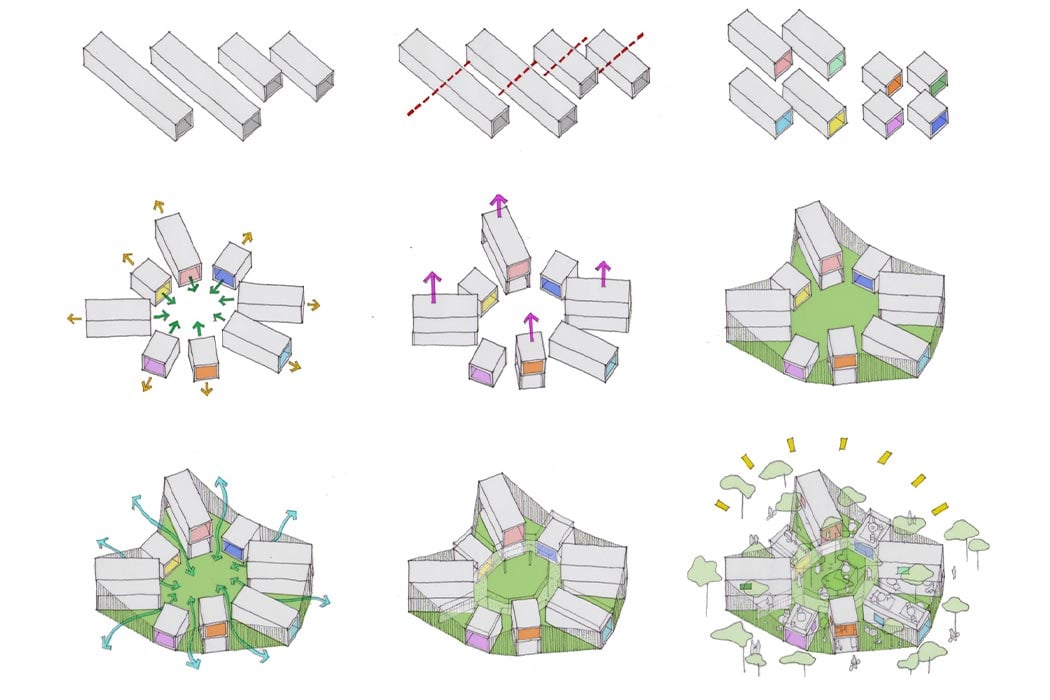
The second place was awarded to ‘Flowers in the Garden’ which was designed to be a hybrid of communal workspace and a garden. The project challenges traditional office settings by integrating the natural environment as a part of the whole workspace. It is an organic but playful structure with soft screens and in-between green-buffering spaces that creates a diverse ecosystem of perforated mass that is always ‘breathing’. This office design lets you stay healthily distanced but not socially separated and provides a refreshing break from staring at your screens.
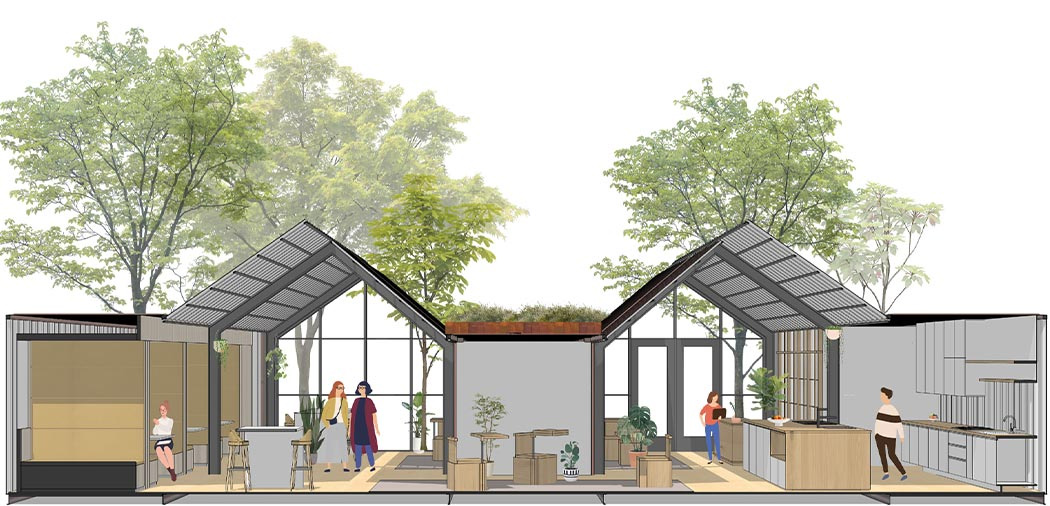
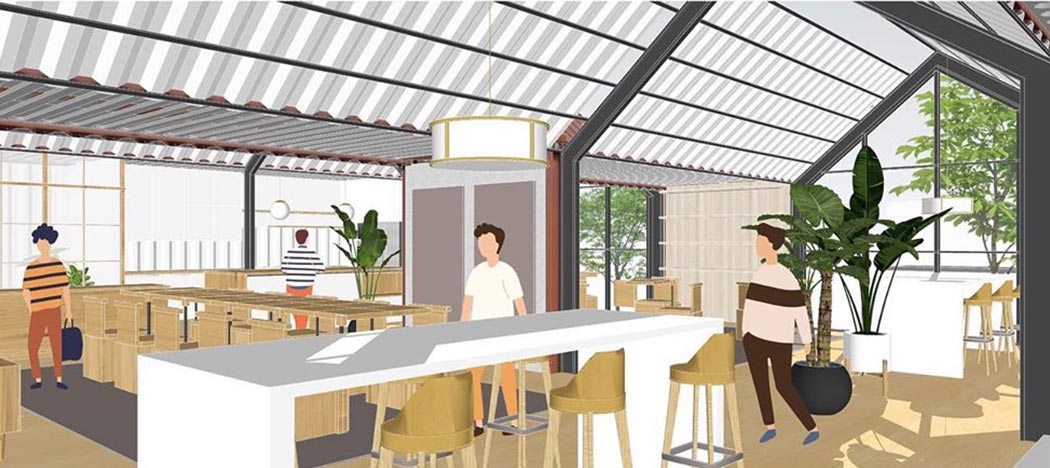
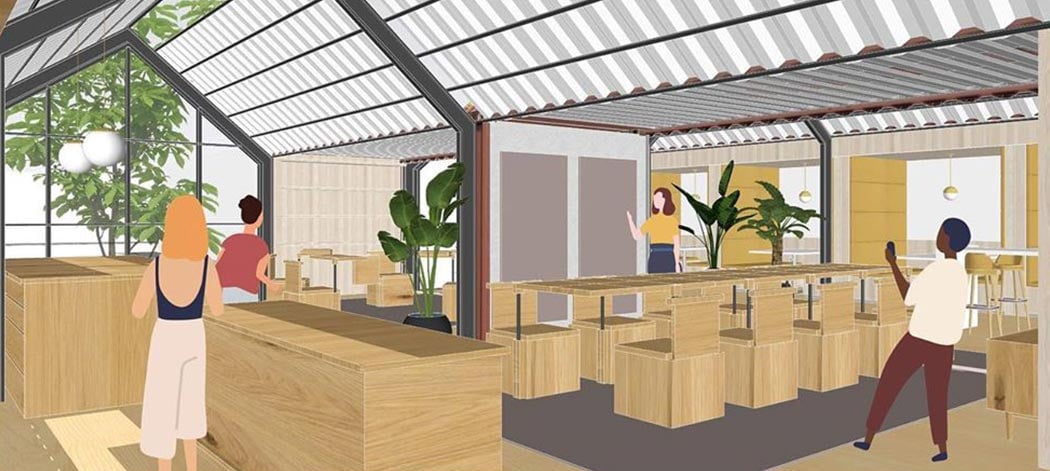
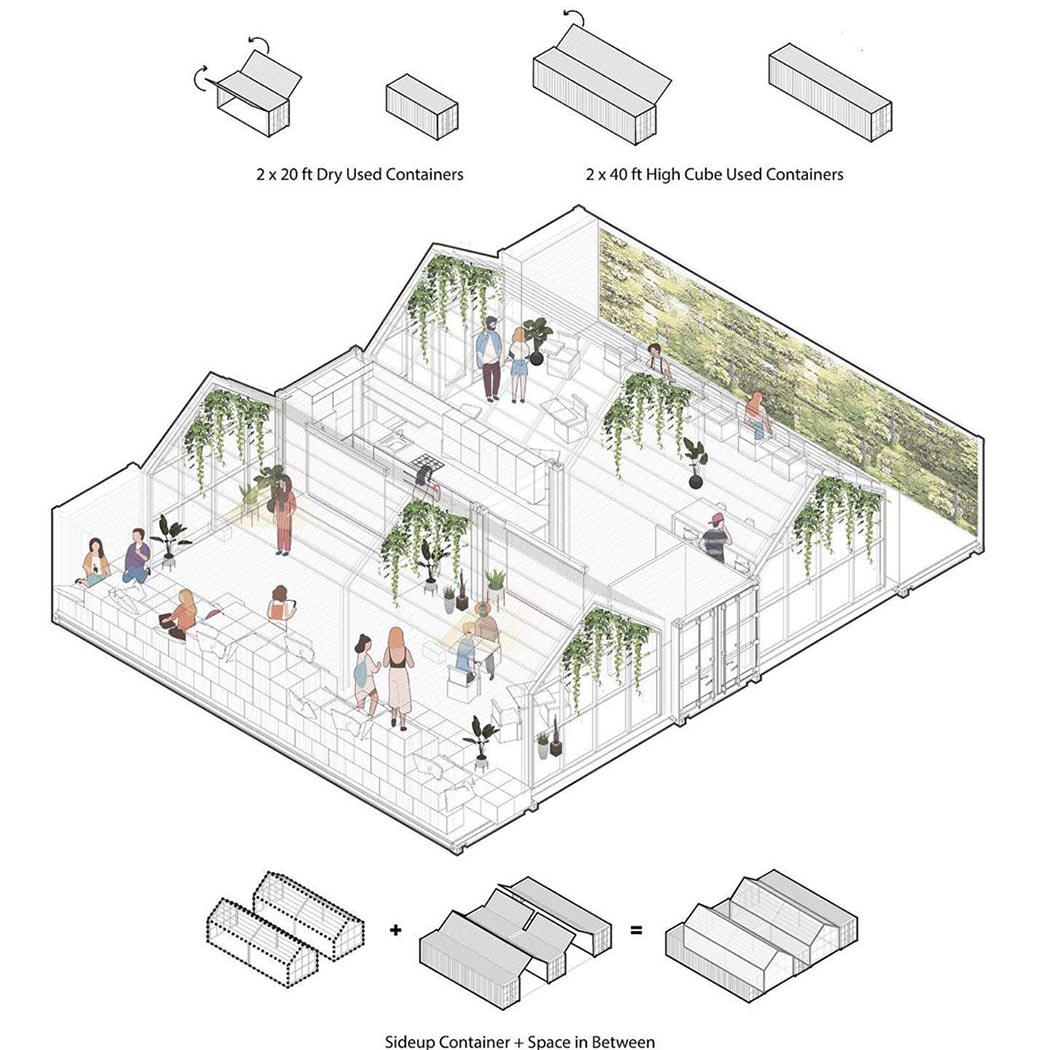
The third place goes to the ‘Side Up Project’ that creatively transforms shipping containers into a semi-open space. It uses containers like LEGO blocks and combines multiple ‘side-up’ containers to form a flex space that could be used for work, camps, exhibitions, or events. The design turns the closed, small individual containers into a connected entity allowing occupants to move freely through the space while creating pockets that can be used for specific purposes. Not only is it a place for productivity and collaboration, but also a catalyst for future sustainable working communities.
Transformable to infinity, these repurposed shipping containers are the ideal ingredient for the wildest architectural projects while reducing the construction industry’s negative impact on the environment. These sustainable workplaces are definitely one of the coolest office designs we’ve seen!

